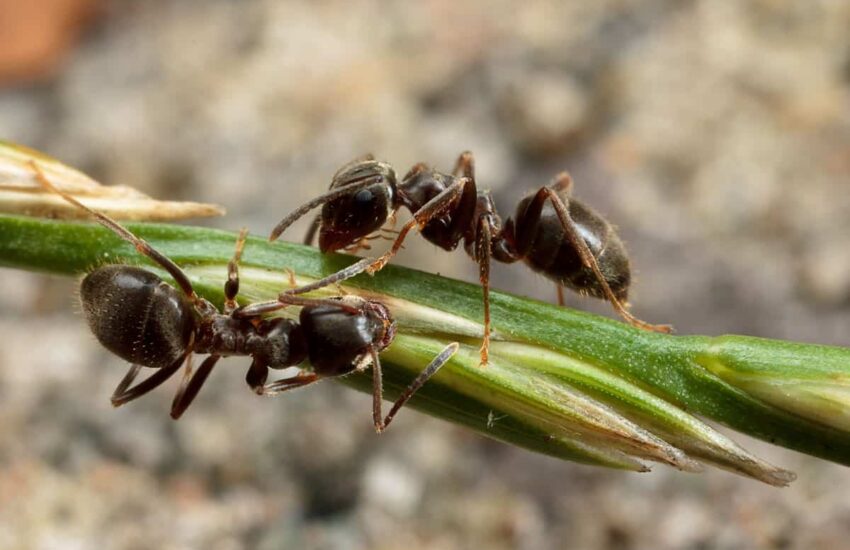Pests are a nuisance that can wreak havoc on homes, gardens, and businesses across the United Kingdom. From rodents to insects, these unwanted visitors can cause damage, spread disease, and create headaches for property owners. But what is the most common pest in the UK? In this blog post, we’ll explore the answer to this question and delve into the characteristics and challenges posed by the UK’s most prevalent pest.
The Common House Mouse (Mus musculus): While several pests plague the UK, the common house mouse (Mus musculus) stands out as one of the most widespread and persistent nuisances. These small rodents are adept at finding their way into buildings through tiny cracks and crevices, where they can wreak havoc on food stores, chew through wires and insulation, and leave behind droppings and urine.
The common house mouse is highly adaptable and can thrive in a variety of environments, making it a ubiquitous presence in homes, businesses, and agricultural settings across the UK. Their rapid breeding cycle and ability to reproduce year-round contribute to their prolific numbers, making them a constant challenge for pest control professionals and property owners alike.
Characteristics of the Common House Mouse: The common house mouse is characterized by its small size, typically measuring between 2.5 to 3.75 inches in length, excluding the tail. They have pointed snouts, large ears, and long, slender tails, which they use for balance and communication. House mice are primarily nocturnal creatures, preferring to forage for food and explore their surroundings under the cover of darkness.
One of the key traits that make house mice such successful pests is their omnivorous diet. These opportunistic feeders will consume virtually anything they can find, including grains, fruits, vegetables, seeds, insects, and even other small animals. Their voracious appetites and ability to thrive on a wide range of food sources make them particularly challenging to control once they establish themselves in an area.
Challenges Posed by House Mice: House mice pose a variety of challenges for property owners and pest control professionals in the UK. Beyond the physical damage they can cause to structures and belongings, mice are also carriers of several diseases that can pose risks to human health. These include salmonellosis, leptospirosis, and hantavirus, among others, which can be transmitted through contact with mouse droppings, urine, or saliva.
In addition to health risks, house mice can also have economic implications for businesses, particularly those in the agricultural and food industries. Mice are notorious for contaminating food supplies with their droppings and urine, leading to product loss, damage, and potential regulatory issues.
Conclusion: While the United Kingdom is home to a variety of pests, the common house mouse stands out as one of the most prevalent and persistent nuisances. With their rapid breeding cycle, omnivorous diet, and ability to thrive in a variety of environments, house mice pose significant challenges for property owners and pest control professionals across the country. By understanding the characteristics and behaviors of this common pest, individuals can take proactive measures to prevent infestations and minimize the risks posed by these unwanted visitors.

